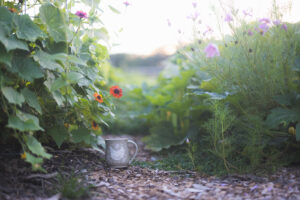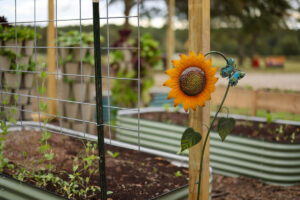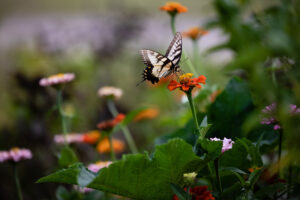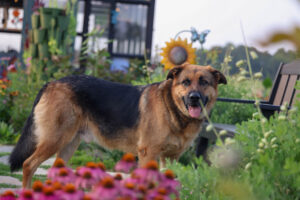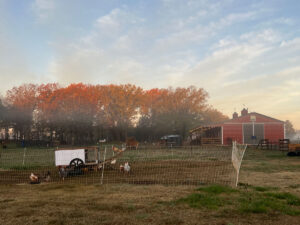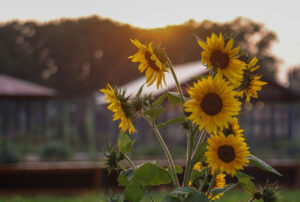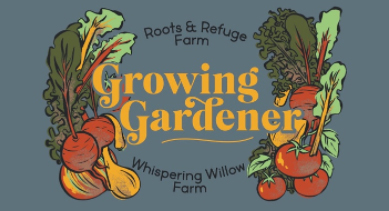There is so much information out there on companion planting. Much of which can be conflicting, leaving even the most seasoned gardener feeling overwhelmed and confused.
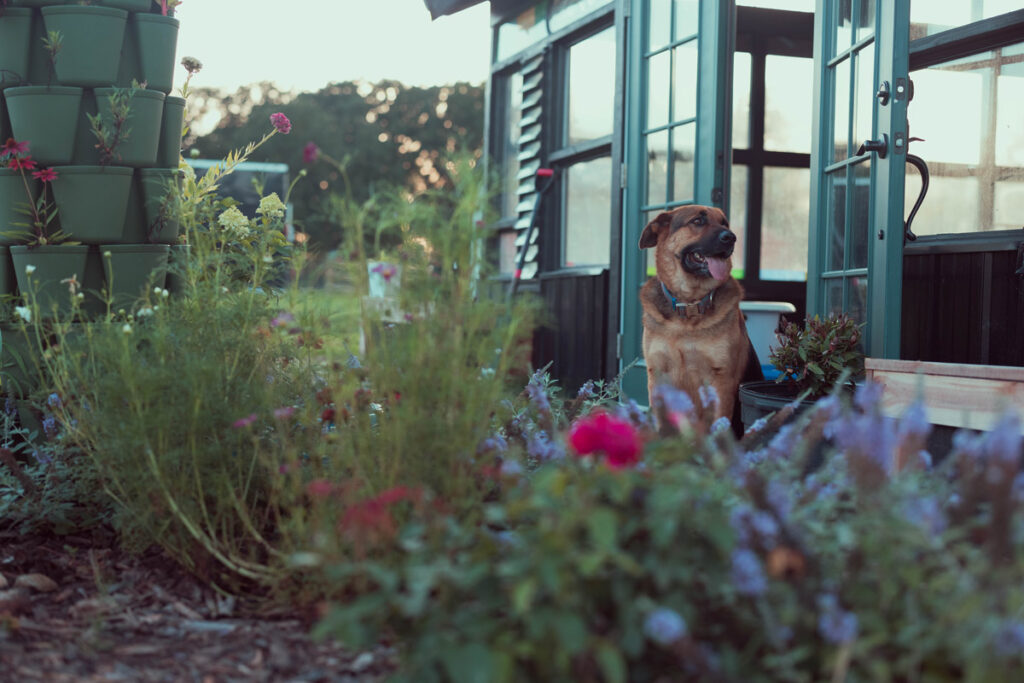
Read on to demystify companion planting in the vegetable garden. You might be surprised that you don’t need a chart to know what is good to plant with your tomato, bean, onion, squash, or peppers!
Why I Love Companion Planting
Like my garden in Arkansas, my cottage garden here in South Carolina is a Potager garden.
This is a French gardening method that relies on the design and diversity of vegetables and ornamentals that are not only practical and beautiful but also very beneficial to each other.
The Potager gardening approach naturally supports what companion planting intends to bring to the home garden.
The Trouble With Companion Planting Charts
I began researching companion planting to bring you this information, and it felt overwhelming, even though I have successfully been companion planting in my own garden for years.
Vague information and cutesy charts about companion planting lack the “why.” I am kind of a compulsive rule follower, and when I get a lot of conflicting information, I don’t know what to do. So I dug a little deeper to find out why.
What is the end goal of companion planting? Ultimately, to repel pests and create a healthier garden ecosystem so your companion plants will thrive.
I hope you feel the freedom to plant your garden considering the companion planting ideas, but don't feel they strictly bind you.
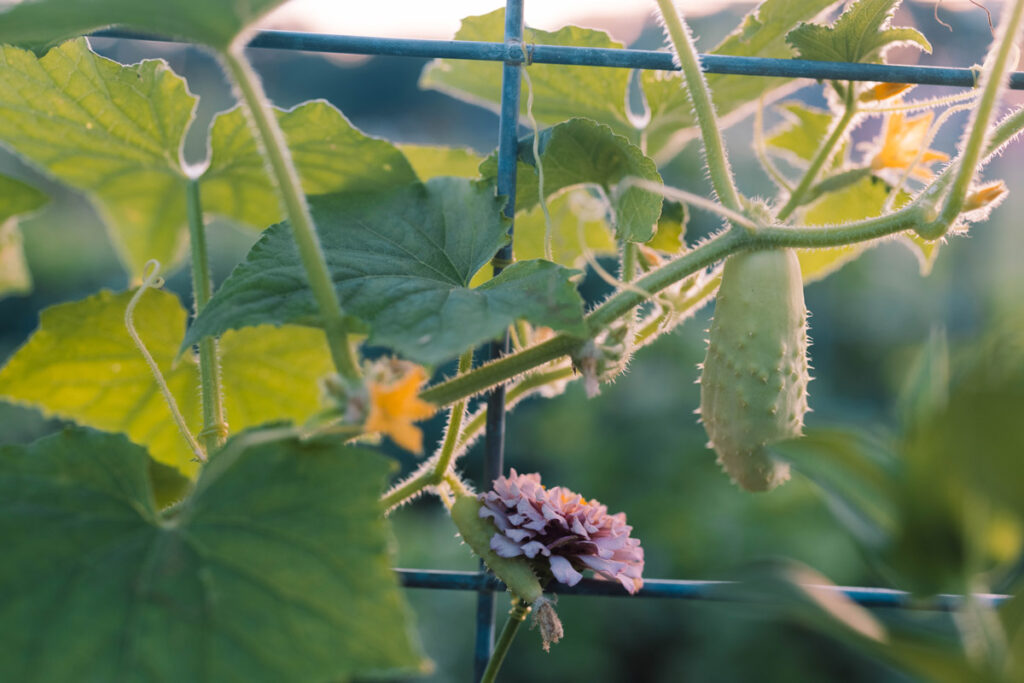
Examples of Vegetable Companions
When you ask yourself, “What vegetables should be planted next to each other?” or “what vegetables should not be planted together?” I won’t necessarily tell you to (or not to) avoid planting your kohlrabi next to your broccoli rabe.
Instead, I would encourage you first to consider what a plant needs (water, light, nutrients, and space) and incorporate diversification within your garden to meet those needs.
You will find this shift in thinking that answers why you are planting something together with another will give you much greater results. Here are a few examples.
- Borage Near Tomato Plants – Borage is recommended to naturally repel tomato hornworms. I’ve personally used this method and have still found that I need to manually pick tomato hornworms off my plants throughout the season. Check out this trick to finding tomato hornworms with a blacklight!
- Nasturtium Next to Squash – Nasturtium is known as a “trap crop.” Trap crops will attract squash bugs as a distraction from the plants you are trying to grow for food production. Essentially, you plant these trap crops as an intentional sacrifice to these pests. The squash bug gets nasturtium for dinner, and you get your vegetables.
- Marigolds Next to Leafy Greens and Brassicas – Unlike a trap crop, the smell of some plants deters pests. The smell of marigolds naturally repels aphids who love to munch on leafy greens. Marigolds are also known to protect brassicas (aka the cabbage family) by repelling the cabbage moth.
- Chamomile & Calendula Near Carrots – While I enjoy harvesting chamomile to make tea, chamomile serves another purpose in my garden. Garden pests use their sense of smell to find nutrients. This technique is twofold. First, diversity is key. Instead of planting all your carrots in one spot where their smell will be stronger, spread them out around your garden. (Learn tips on planting carrots for the best germination rate here.) Secondly, planting strong-smelling flowering plants (such as chamomile and calendula) interspersed wherever you have placed your carrots will help mask the smell and detract from the carrots.
- Flowering Plants Next to Brassicas & Root Vegetables – Brassicas and root vegetables are not flowering plants. This can be helpful because they won’t attract certain types of pests, but the downfall is that they won’t be attracting pollinators or other beneficial insects. When planting flowering companion plants with these vegetables, you are helping make up where they lack.
It’s important to remember that these combinations will be helpful but are not a surefire way to eliminate pests. Read here for more ideas on organic garden pest control.
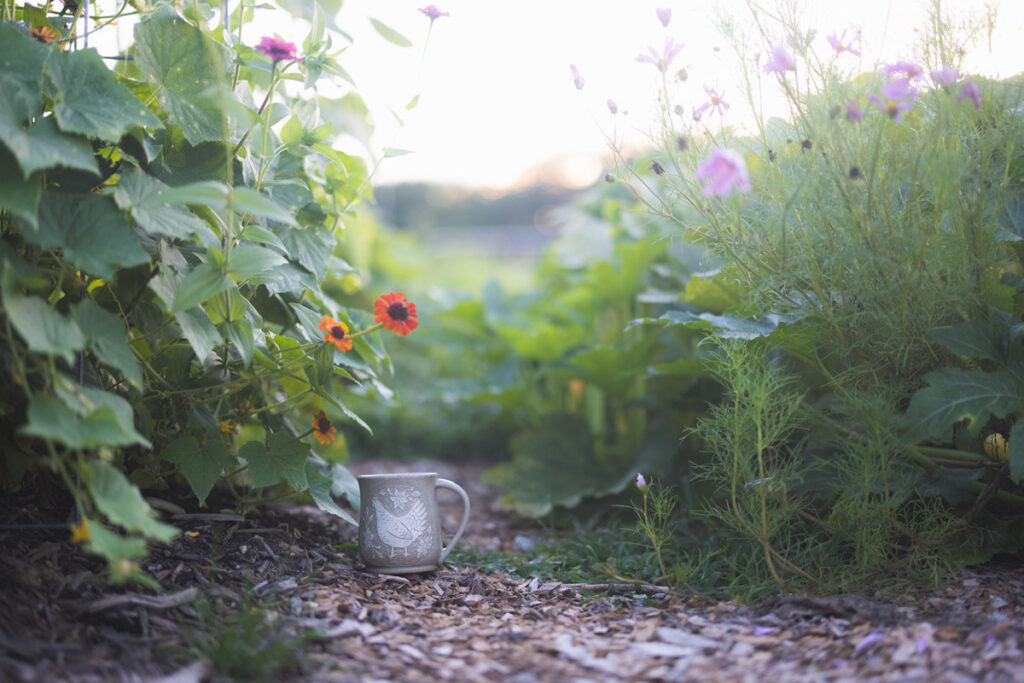
Successful Companion Planting
Now that we have established a shift to understanding why certain plants should be planted together let’s take a closer look at each element to ensure successful companion planting.
Diversity
As discussed earlier, clustering each crop together can maximize the smell of that crop, attracting unwanted pests. Choosing a more diverse approach not only makes flowering companion plants that mask the smell more effective, it also adds another layer of protection.
If a pest and disease invasion were to take over in a particular spot, you will still have other areas where that crop was planted that, hopefully, don’t get infested.
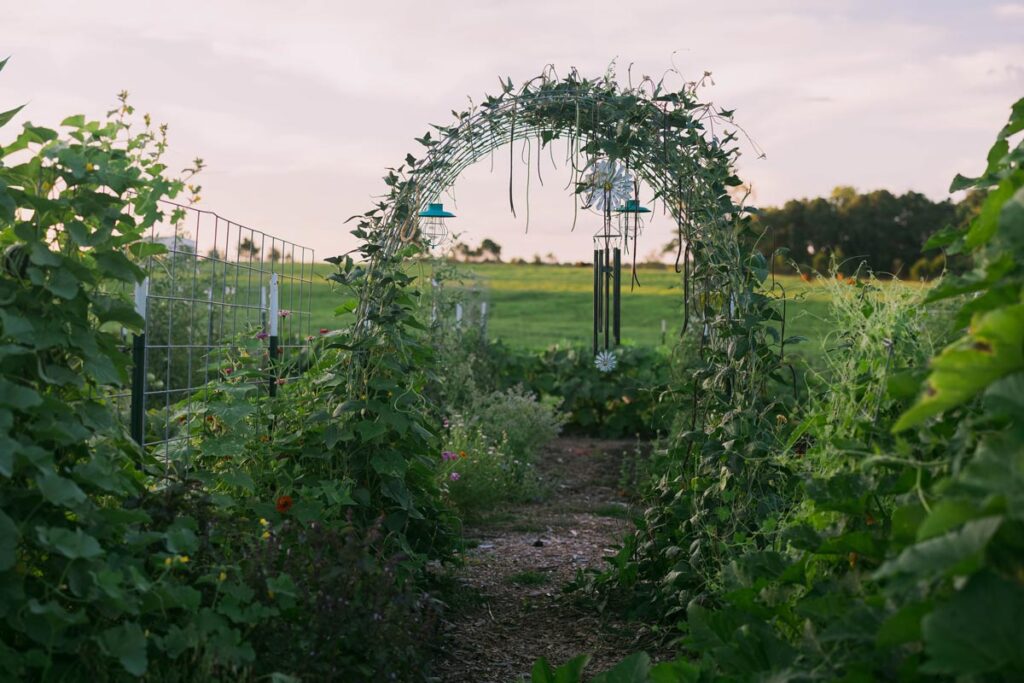
pH Needs
Considering the pH needs is more critical for the summer garden. The beauty of companion planting in the fall is that most plants that do well in the fall all have similar pH needs.
Water Needs
Some plants require heavy watering, while others do not. Deep-rooted vegetables, such as winter squash, have lower water needs than shallow-rooted plants such as Swiss chard.
If watering according to the needs of the Swiss chard, you may inadvertently overwater the squash, causing the roots to be waterlogged and rot.
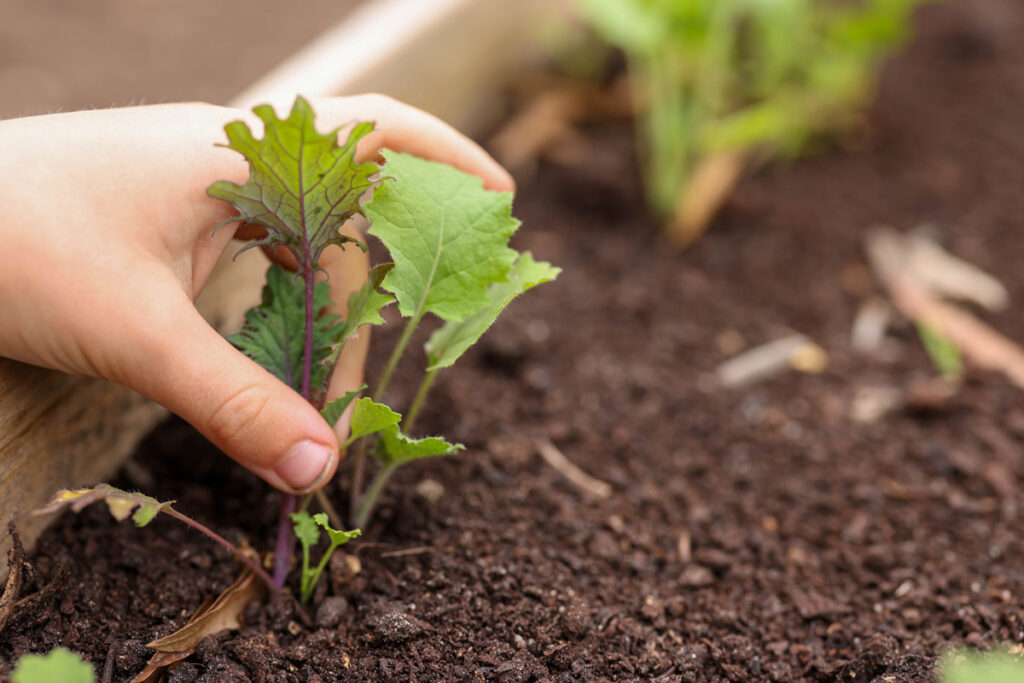
Space Requirements
When laying out your garden, consider how much space a plant at maturity will need and how tall the plant will get.
If a plant grows enough to cast shade on its neighboring plants, this could be detrimental or beneficial to the neighbors’ needs.
For instance, some varieties of kale grow tall and create quite a lot of shade at maturity. This can be beneficial for shade-loving plants.
Additionally, fast-growing crops (such as radishes) can be timed just right to plant and harvest before the kale gets tall enough to create shade or big enough to compete with the root space and nutrient needs of each other.
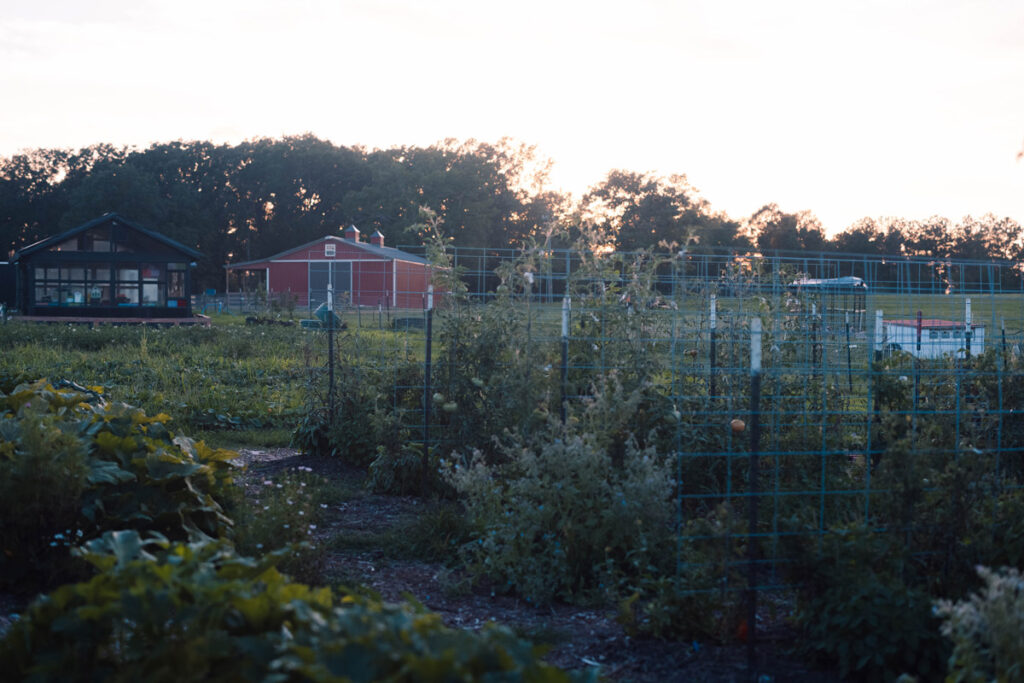
Other Posts You May Enjoy
- How to Get Rid Of Tomato Hornworms Naturally
- Tomato Blight Treatment & Identification
- How To Get Rid of Flea Beetles In Your Garden
- Organic Garden Pest Control
- Tips For Growing Cut Flowers
- How To Plant Carrot Seeds (For Best Germination Rate)
- Grow Salad Greens in the Winter
- How To Plant Tomatoes the Best Way (Tips for Success)

